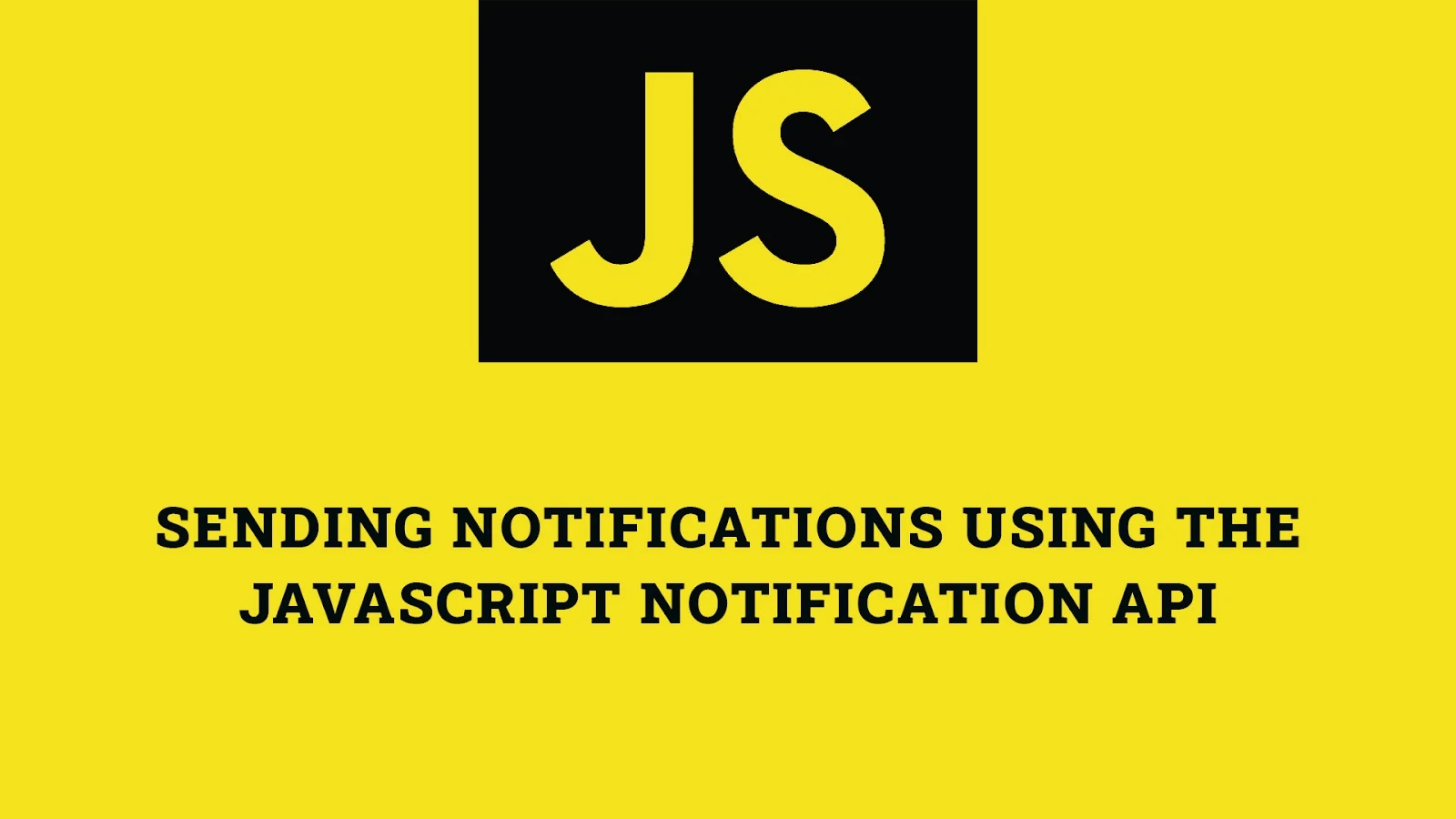Introduction
The Notification API allows web applications to send notifications to users, even when the web page is not actively being viewed. This feature can be used to provide timely and relevant information to users, enhancing the user experience and engagement. This article explores how to use the Notification API with JavaScript, providing detailed explanations and practical examples to help you implement this feature effectively in your web applications.
Understanding the Notification API
The Notification API enables web applications to display system notifications to users. These notifications can include text, images, and actions. The API is supported by most modern browsers and can be used to notify users of important events, updates, and messages.
Key Methods
- Notification.requestPermission: Requests permission from the user to display notifications.
- new Notification: Creates and displays a new notification.
Requesting Permission to Send Notifications
Before sending notifications, you must request permission from the user. The Notification.requestPermission method prompts the user to allow or deny notifications from your web application.
Example: Requesting Notification Permission
// Request notification permission
if (window.Notification && Notification.permission !== 'granted') {
Notification.requestPermission().then(permission => {
if (permission === 'granted') {
console.log('Notification permission granted.');
} else {
console.log('Notification permission denied.');
}
});
}Creating and Displaying Notifications
Once permission is granted, you can create and display notifications using the Notification constructor. Notifications can include a title, body text, icon, and actions.
Example: Creating and Displaying a Notification
// Create and display a notification
function showNotification() {
if (window.Notification && Notification.permission === 'granted') {
const notification = new Notification('New Message', {
body: 'You have a new message.',
icon: 'icon.png'
});
// Handle notification click event
notification.onclick = () => {
console.log('Notification clicked.');
};
} else {
console.log('Notifications are not supported or permission not granted.');
}
}
showNotification();Advanced Notification Features
The Notification API provides advanced features for customizing notifications, including actions, vibration patterns, and sound. These features can be used to create more interactive and engaging notifications.
Example: Creating an Advanced Notification
// Create and display an advanced notification
function showAdvancedNotification() {
if (window.Notification && Notification.permission === 'granted') {
const notification = new Notification('New Alert', {
body: 'You have a new alert.',
icon: 'icon.png',
actions: [
{ action: 'view', title: 'View' },
{ action: 'dismiss', title: 'Dismiss' }
],
vibrate: [200, 100, 200],
sound: 'alert.mp3'
});
// Handle notification action click events
notification.onclick = (event) => {
if (event.action === 'view') {
console.log('View action clicked.');
} else if (event.action === 'dismiss') {
console.log('Dismiss action clicked.');
} else {
console.log('Notification clicked.');
}
};
} else {
console.log('Notifications are not supported or permission not granted.');
}
}
showAdvancedNotification();Fun Facts and Little-Known Insights
- Fun Fact: The Notification API was first introduced in Google Chrome in 2012 and has since become a standard feature in modern web browsers.
- Insight: Notifications are a powerful tool for increasing user engagement and providing timely updates, but they should be used responsibly to avoid overwhelming users.
- Secret: Many popular web applications, such as Slack and Trello, use the Notification API to keep users informed about important events and updates.
Conclusion
The Notification API is a valuable feature for enhancing user engagement and providing timely updates in web applications. By understanding how to request permission, create and display notifications, and use advanced notification features, you can create a more interactive and engaging user experience. Whether you're building a simple alert system or a complex notification service, the Notification API provides the tools you need to keep users informed and connected.
 Reviewed by Curious Explorer
on
Saturday, November 30, 2024
Rating:
Reviewed by Curious Explorer
on
Saturday, November 30, 2024
Rating:




No comments: